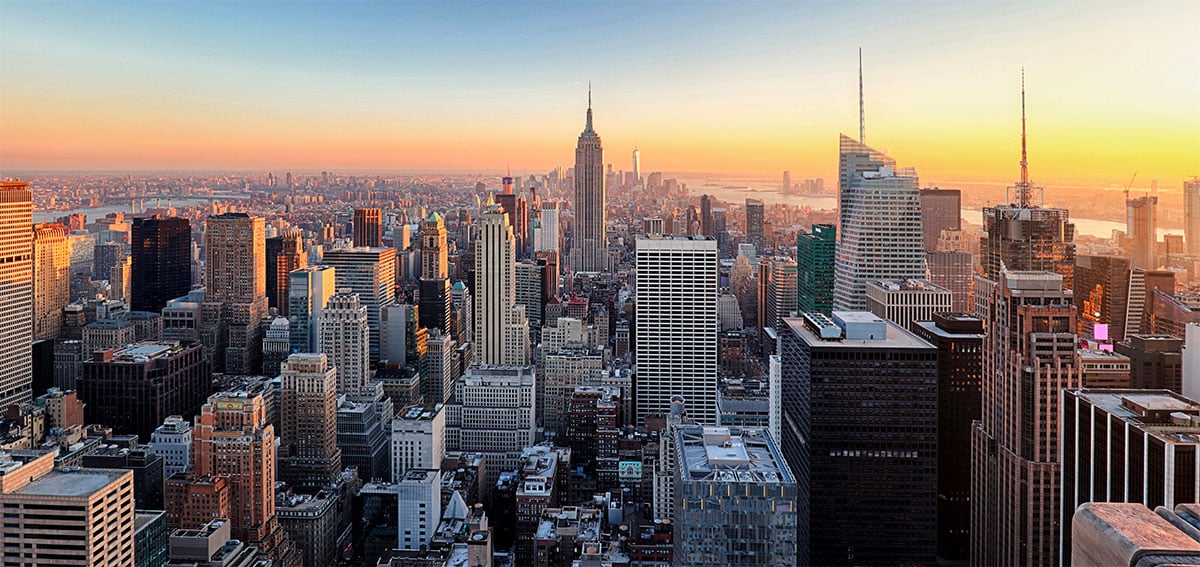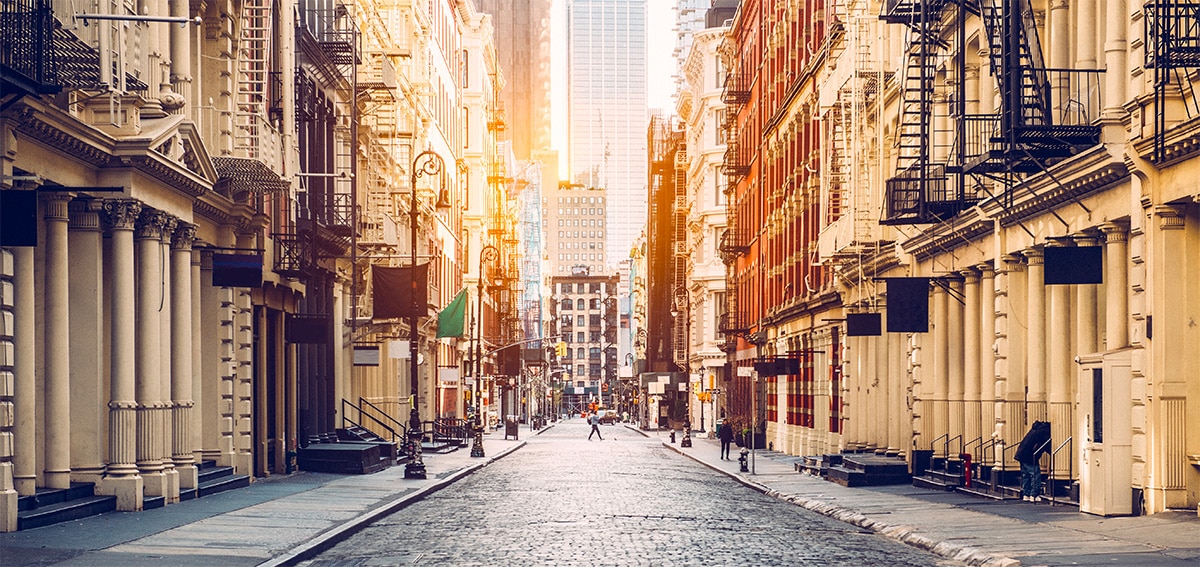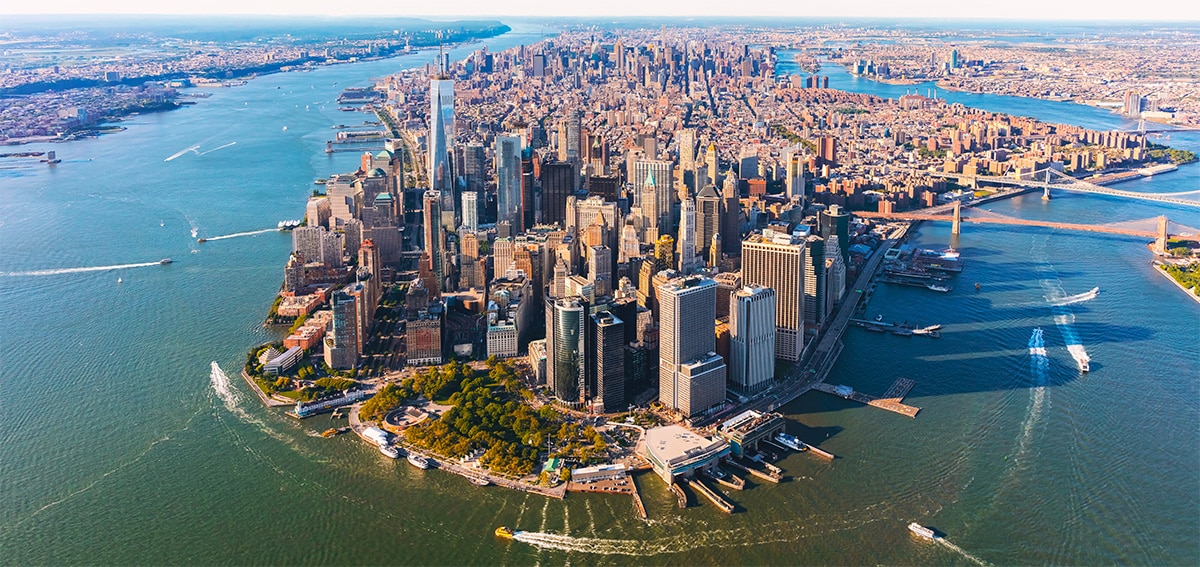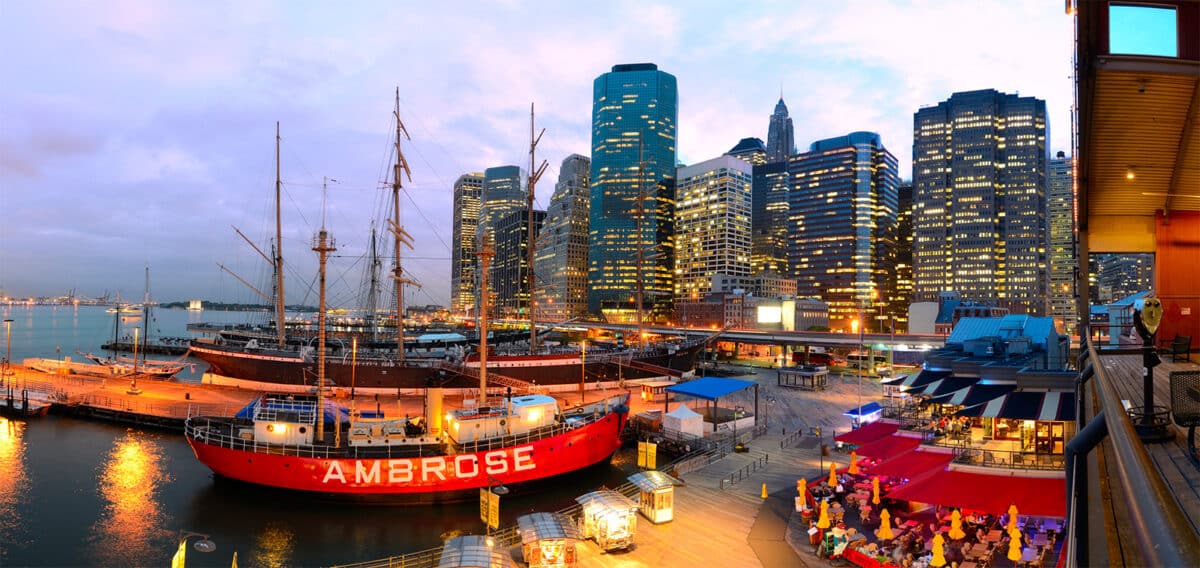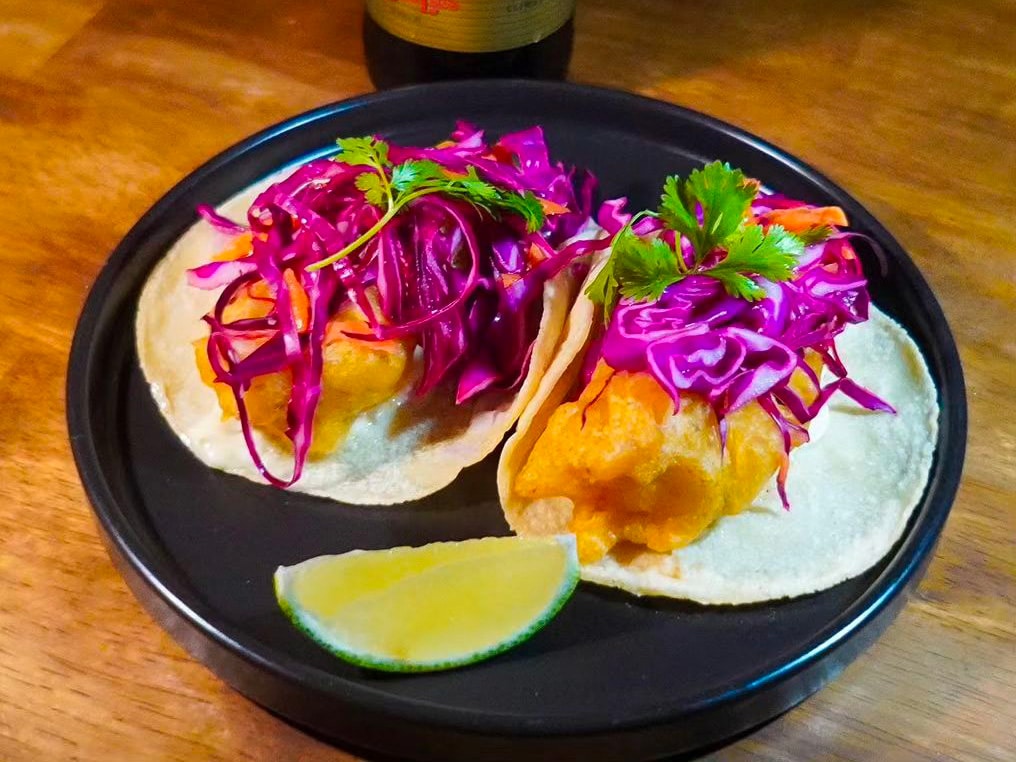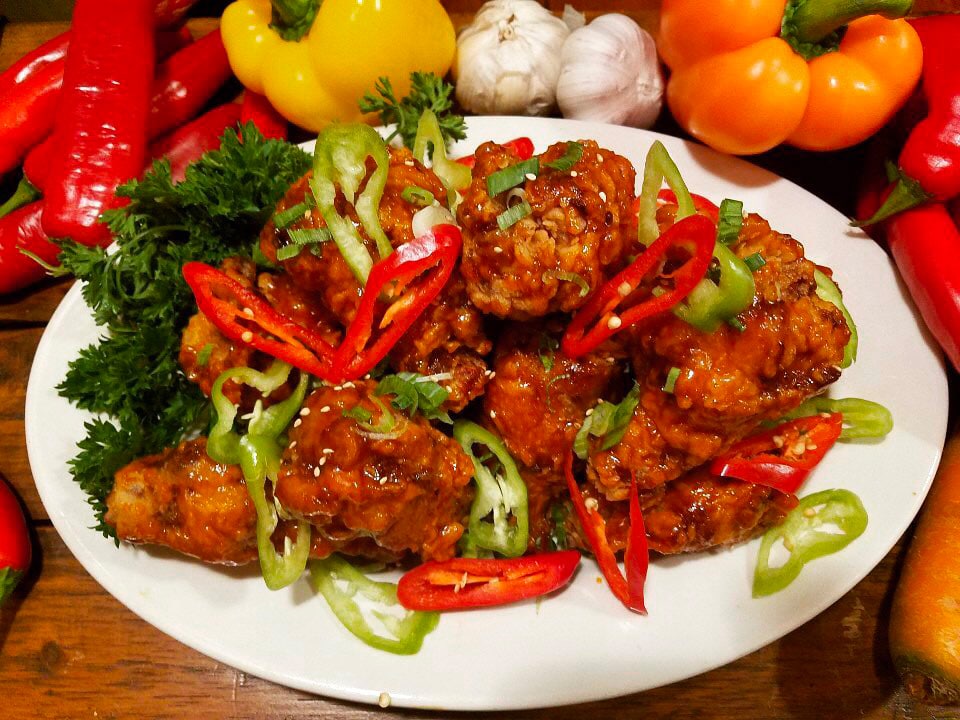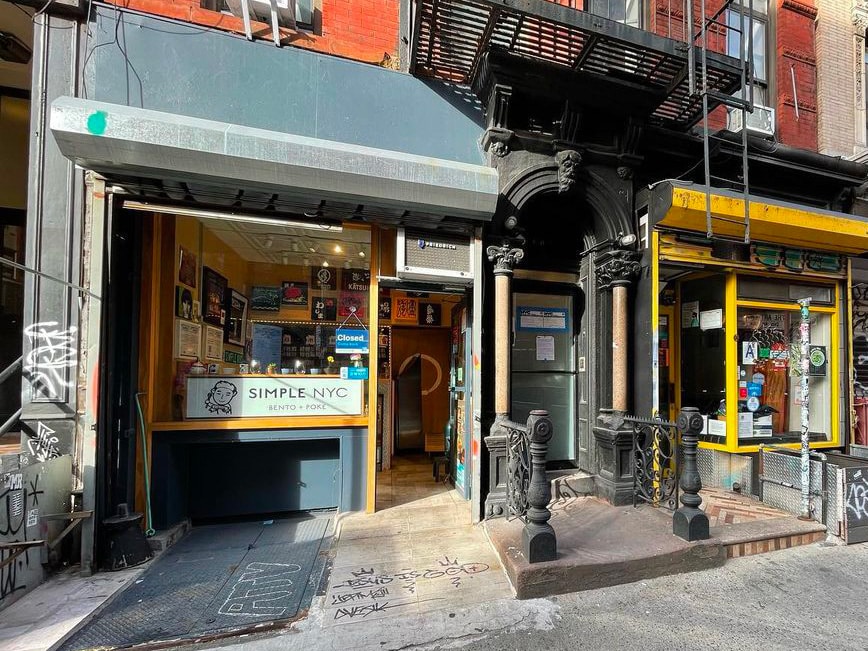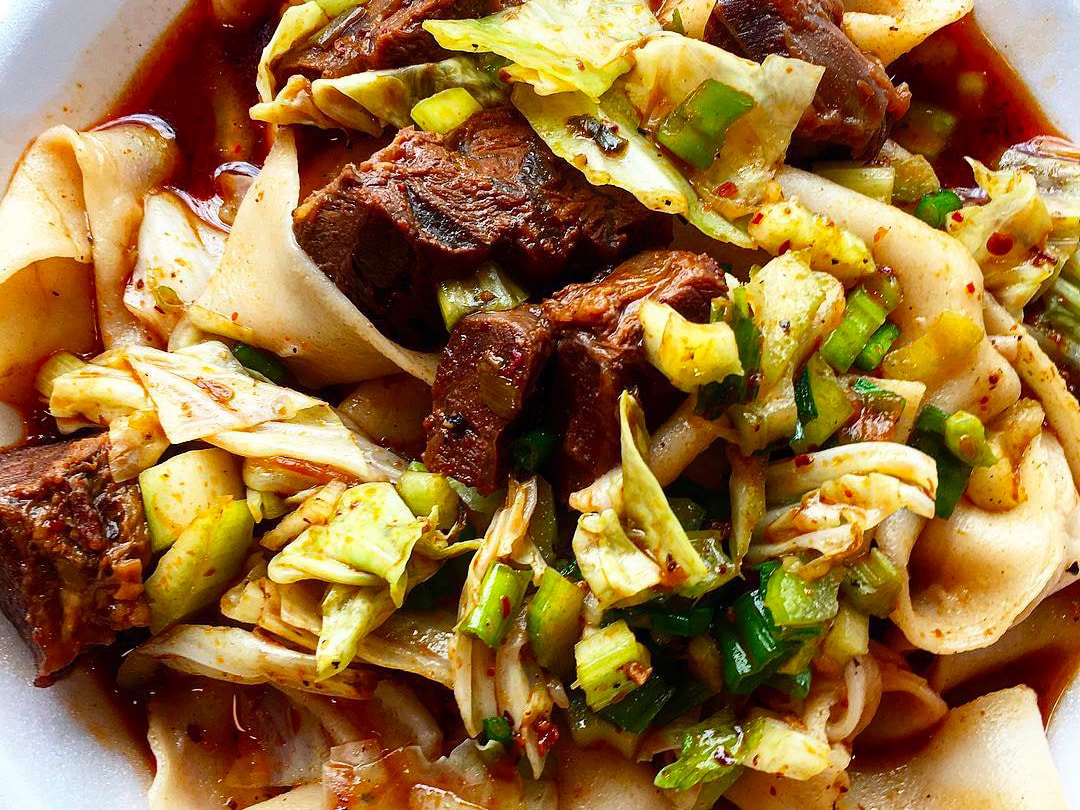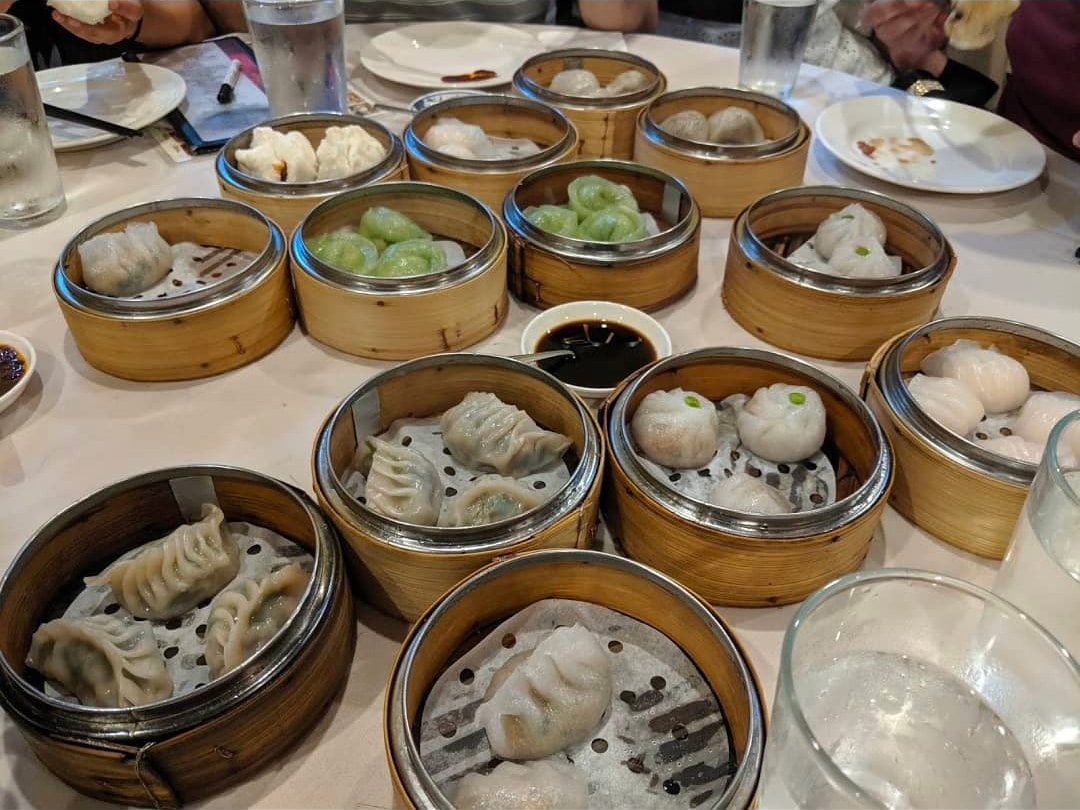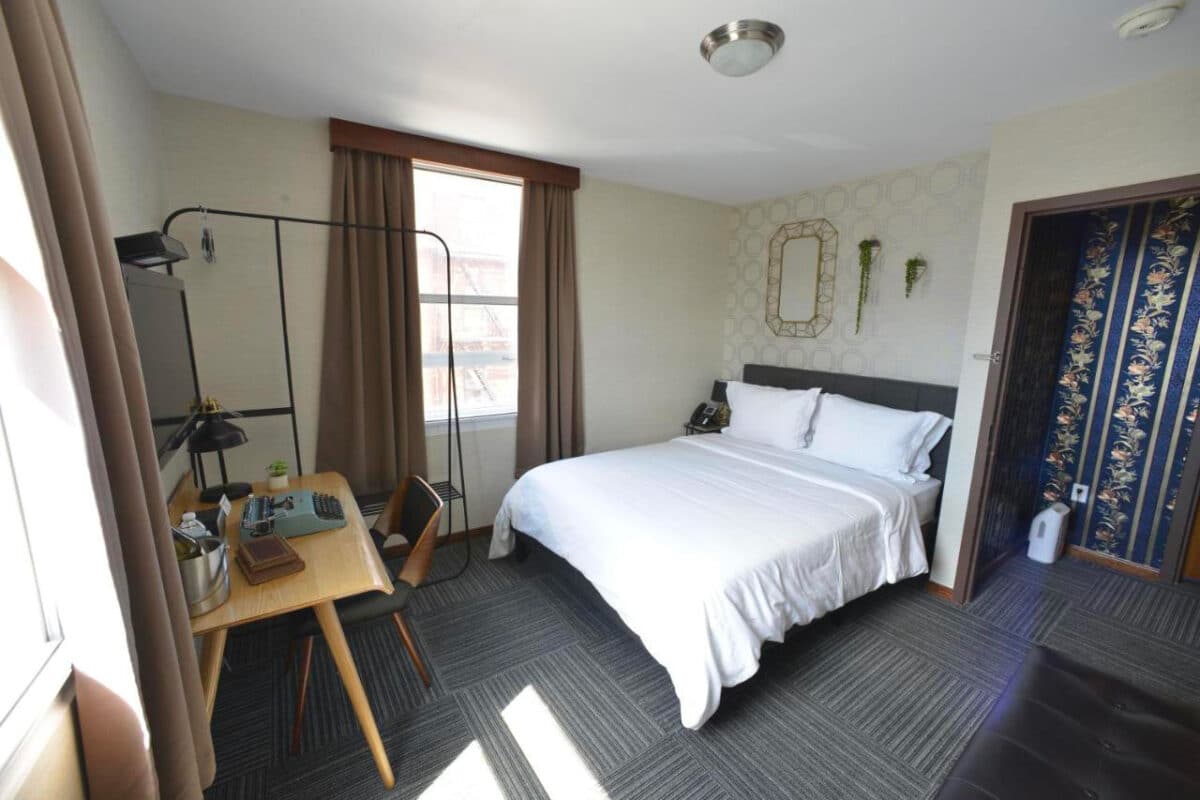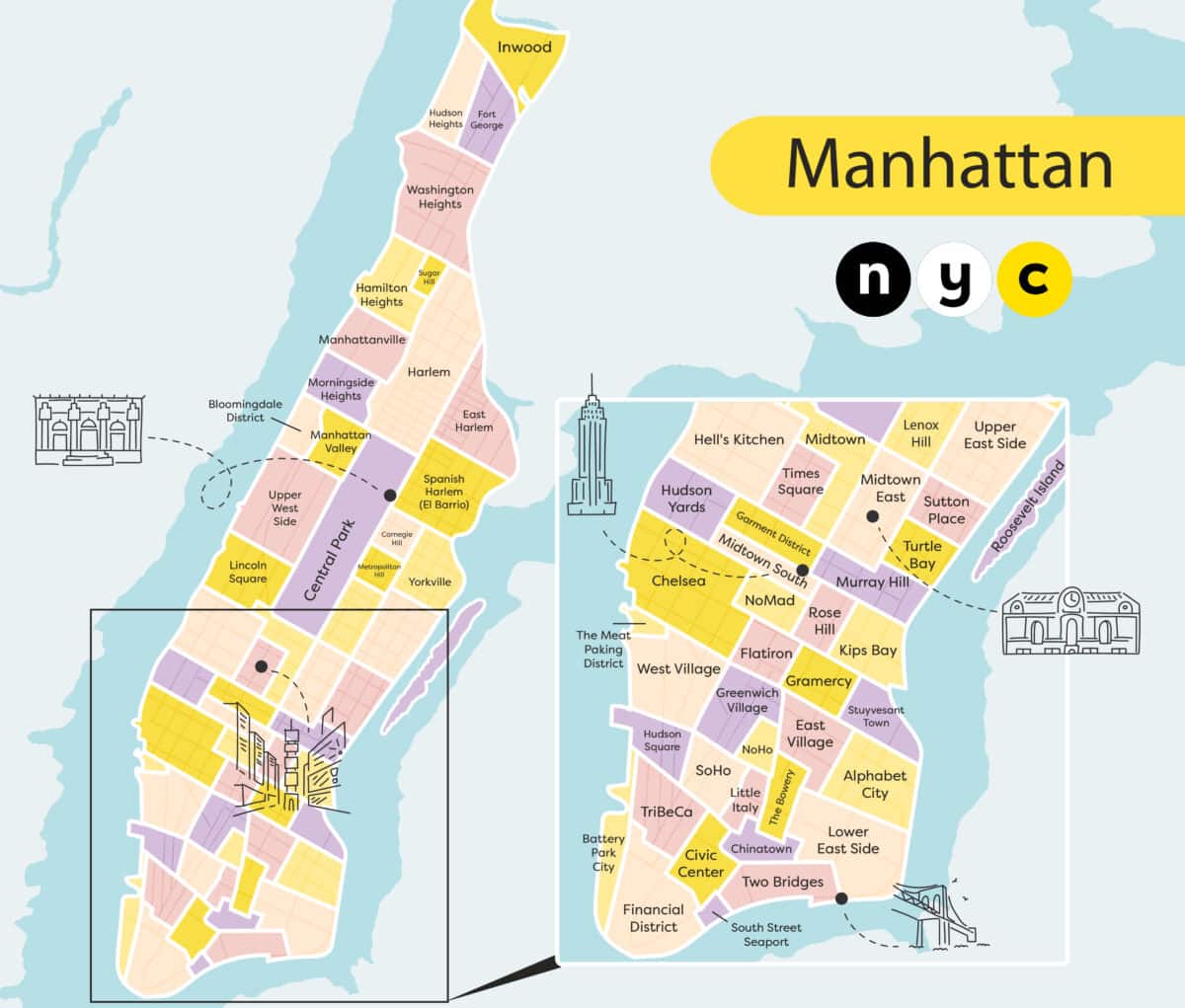New York’s Chinatown is one of the city’s most authentic and colourful neighbourhoods. Located in lower Manhattan, it is known for its vibrant atmosphere, bustling markets and rich culture, reflecting the history of Chinese immigration to the United States. Chinatown’s main street, Mott Street, is the beating heart of the district. Here you’ll find shops selling traditional items, herbalist shops, and restaurants serving Cantonese, Szechuan and other cuisines. A visit to Pell Street and Doyers Street will immerse you in the historic atmosphere of the district, with old buildings bearing witness to the past.
The history of Chinatown
The history of Chinatown in New York is rich and complex, reflecting both the challenges and successes of the Chinese community in the United States. This iconic neighbourhood in lower Manhattan is one of the oldest and largest Chinatowns outside Asia. Its evolution is closely linked to the history of Chinese immigration and the struggle for social acceptance in a country that is often hostile to new arrivals.
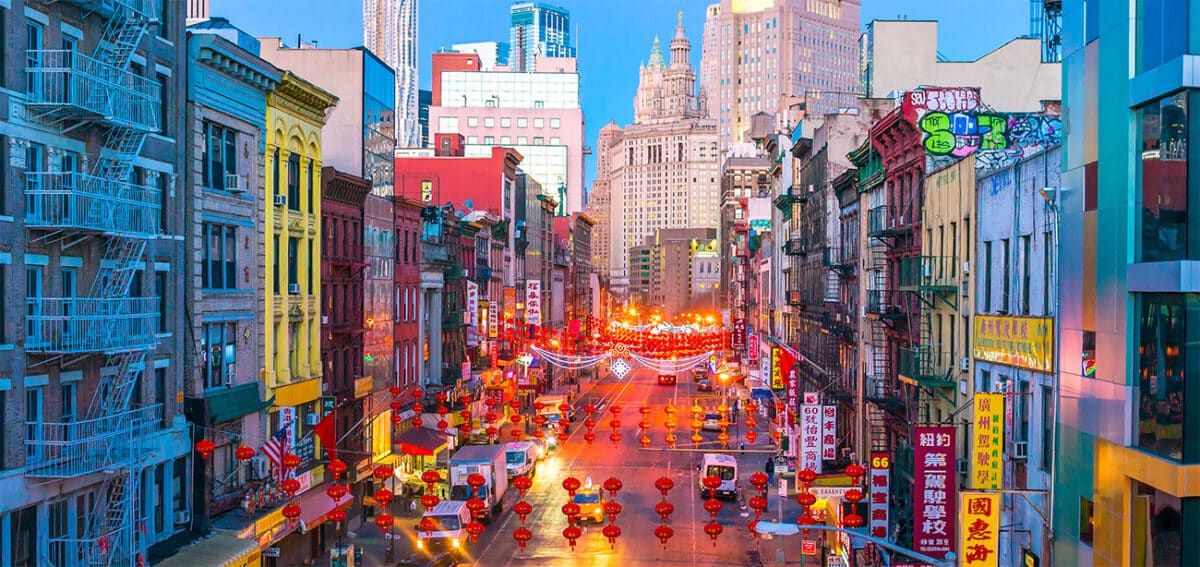
Chinatown, in New York, is a neighbourhood rich in history, shaped by Chinese immigration since the mid-nineteenth century. The first migrants arrived after the gold rush and railway construction in the West, fleeing discrimination and seeking new opportunities in the East. The Chinese community had to overcome major obstacles, particularly with the Chinese Exclusion Act of 1882, a law that severely limited immigration and imposed numerous restrictions on Chinese living in the United States. These difficulties contributed to making Chinatown more inward-looking, with community support networks such as associations and secret societies.
Despite these challenges, Chinatown resisted and grew, especially after the law was abolished in 1943 and with the waves of immigration that followed in the 1960s. The district expanded and welcomed families from different parts of China, as well as from other territories such as Hong Kong and Taiwan. Today, Chinatown remains a vibrant mix of modernity and tradition, with Buddhist temples, exotic markets and festivals such as Chinese New Year attracting visitors from all over the world. During your visit, you’ll see elements that bear witness to this history, such as the Kimlau Memorial, a tribute to Chinese-American soldiers, and the old buildings on Mott Street, which bear witness to the past.
Visit Chinatown: 25-minute walking itinerary
Here’s an optimised itinerary for discovering the iconic sites of Chinatown in New York in just 25 minutes. The route is designed to minimise travel and maximise the time spent exploring each location.
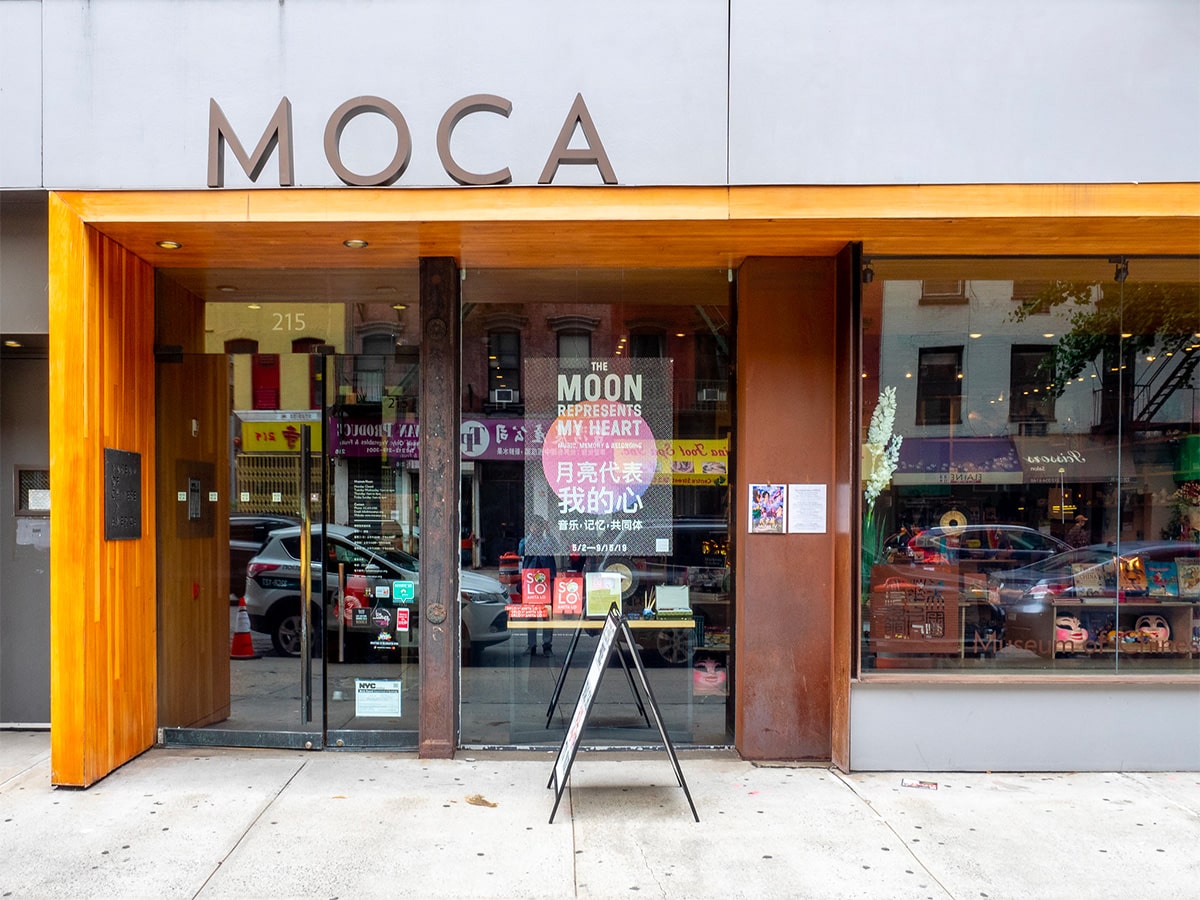
MOCA
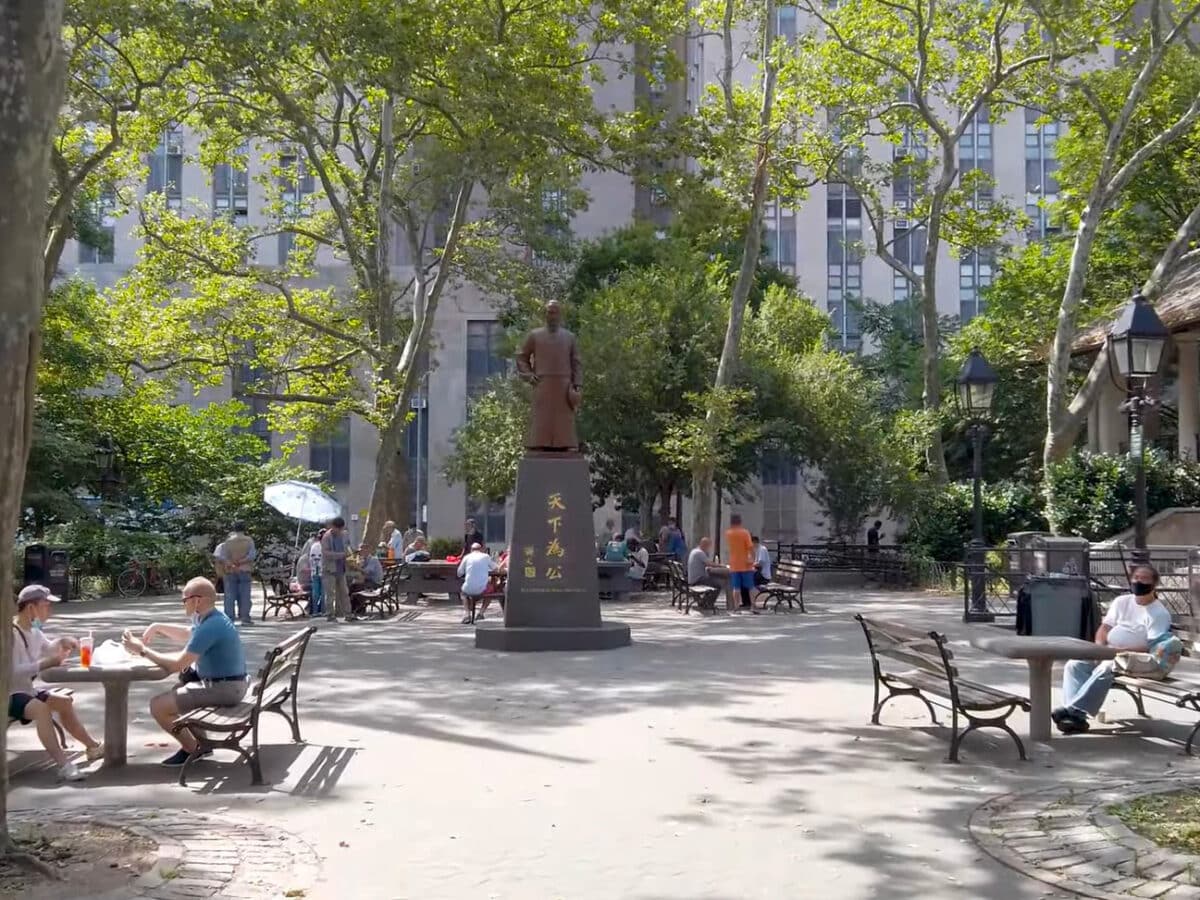
Columbus Park
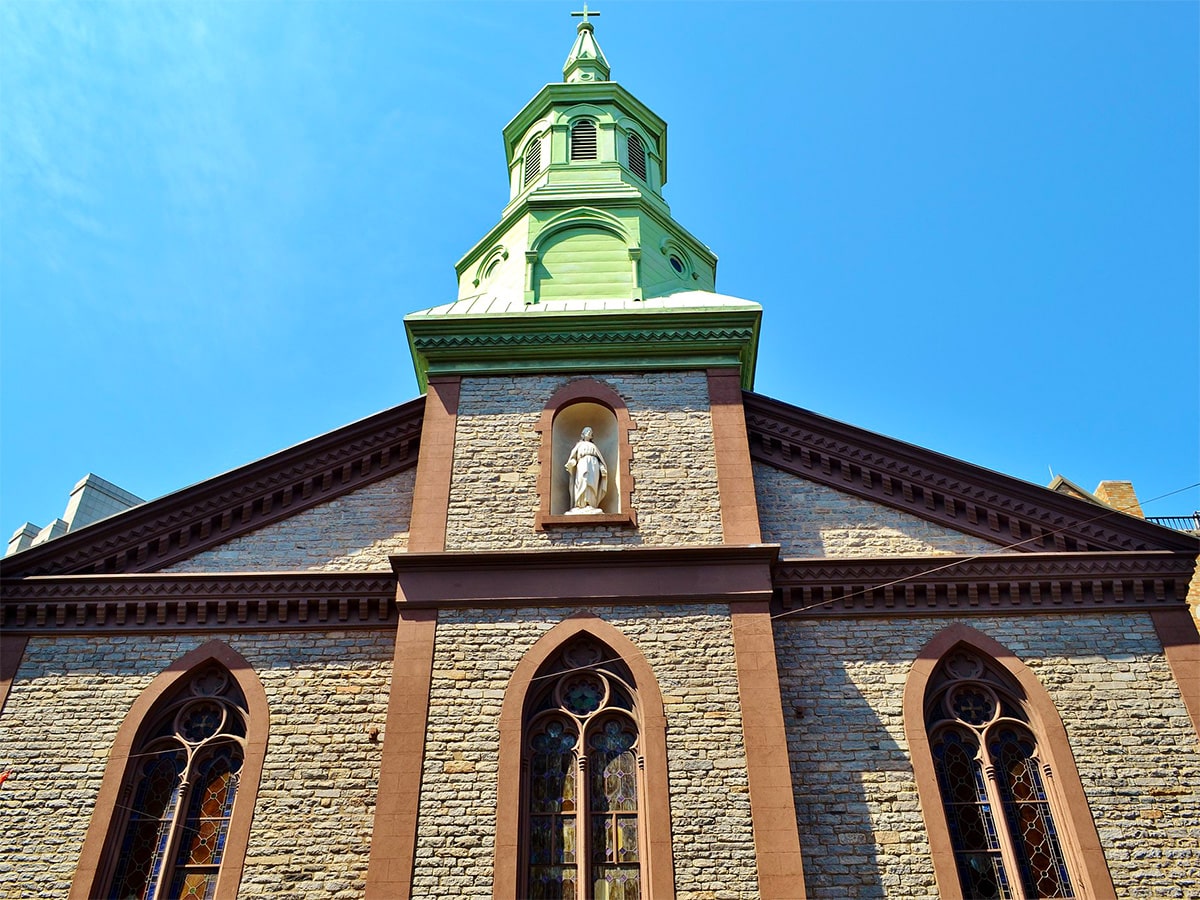
Transfiguration Church
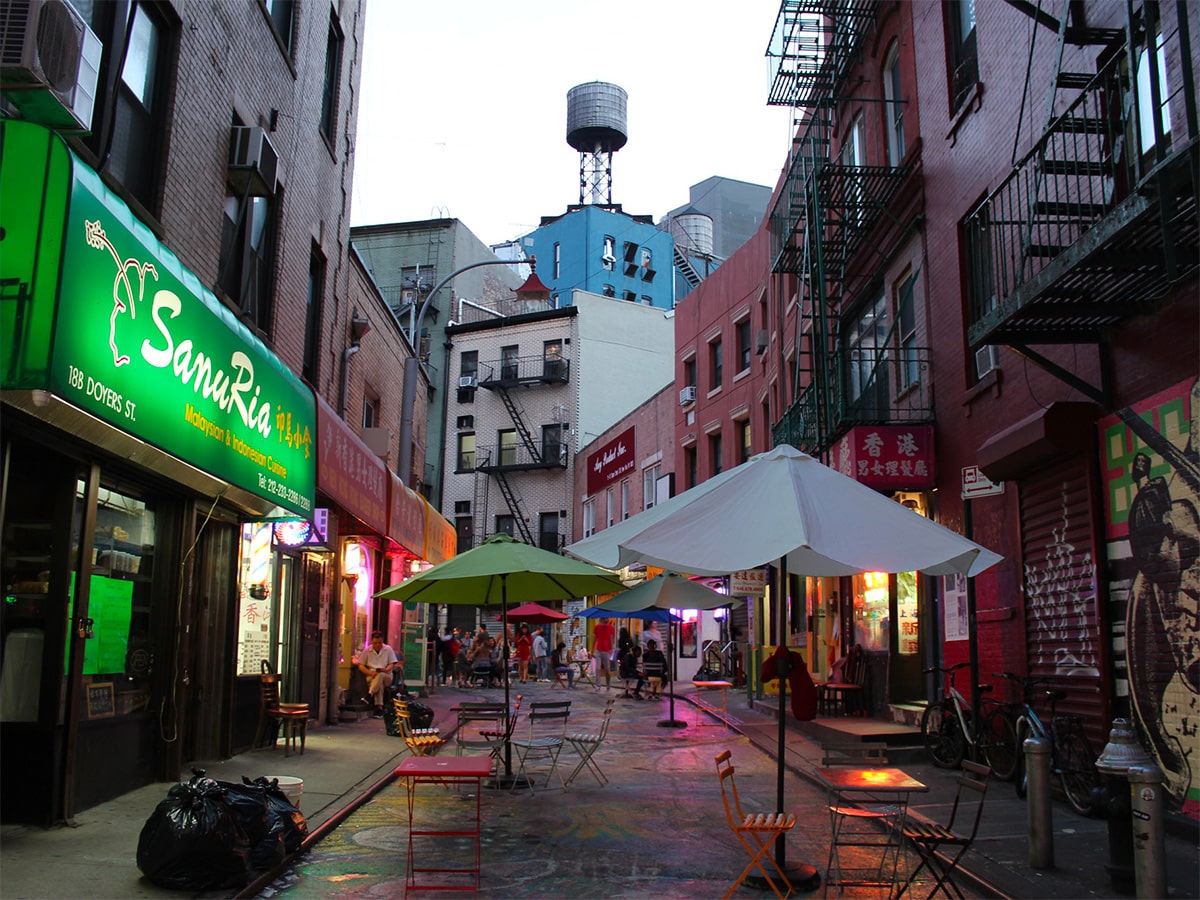
Doyers Street and Pell Street
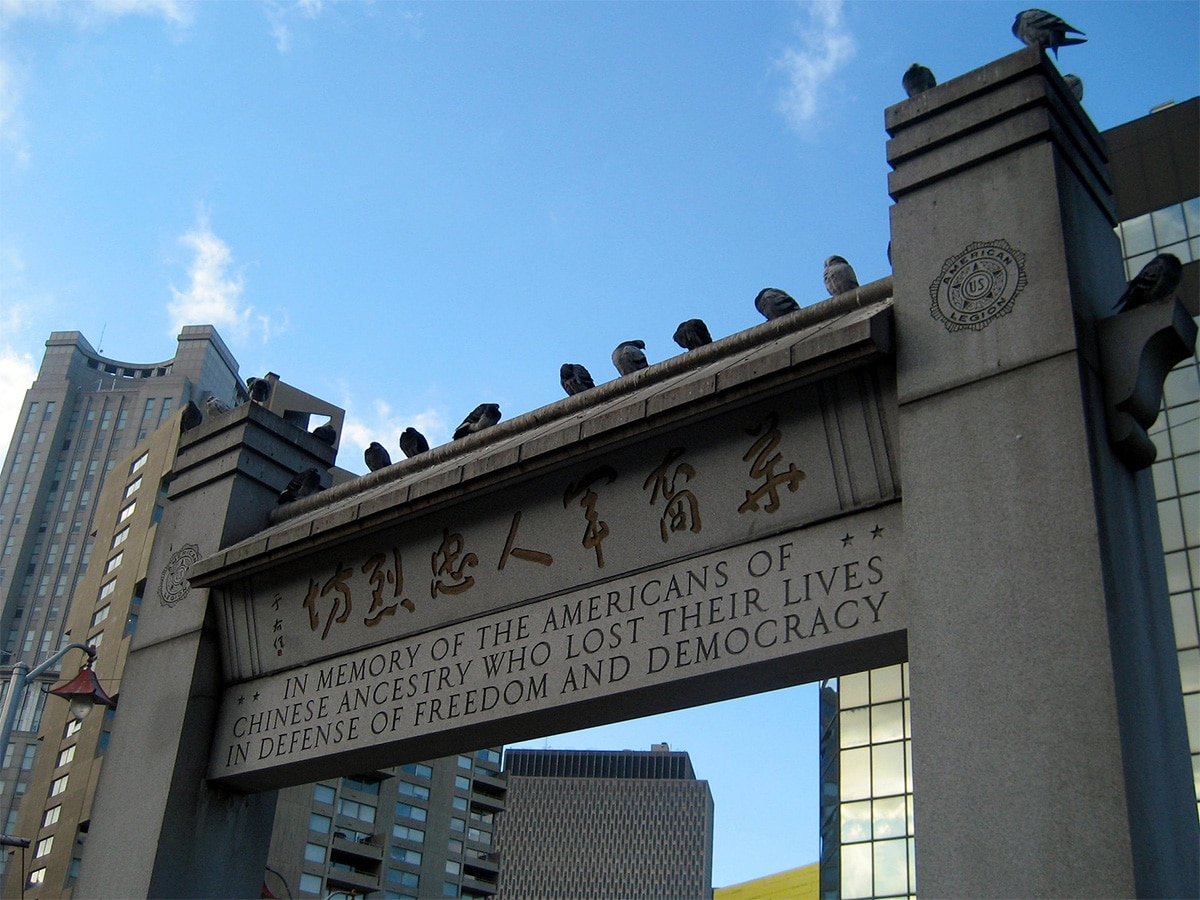
Kimlau Memorial
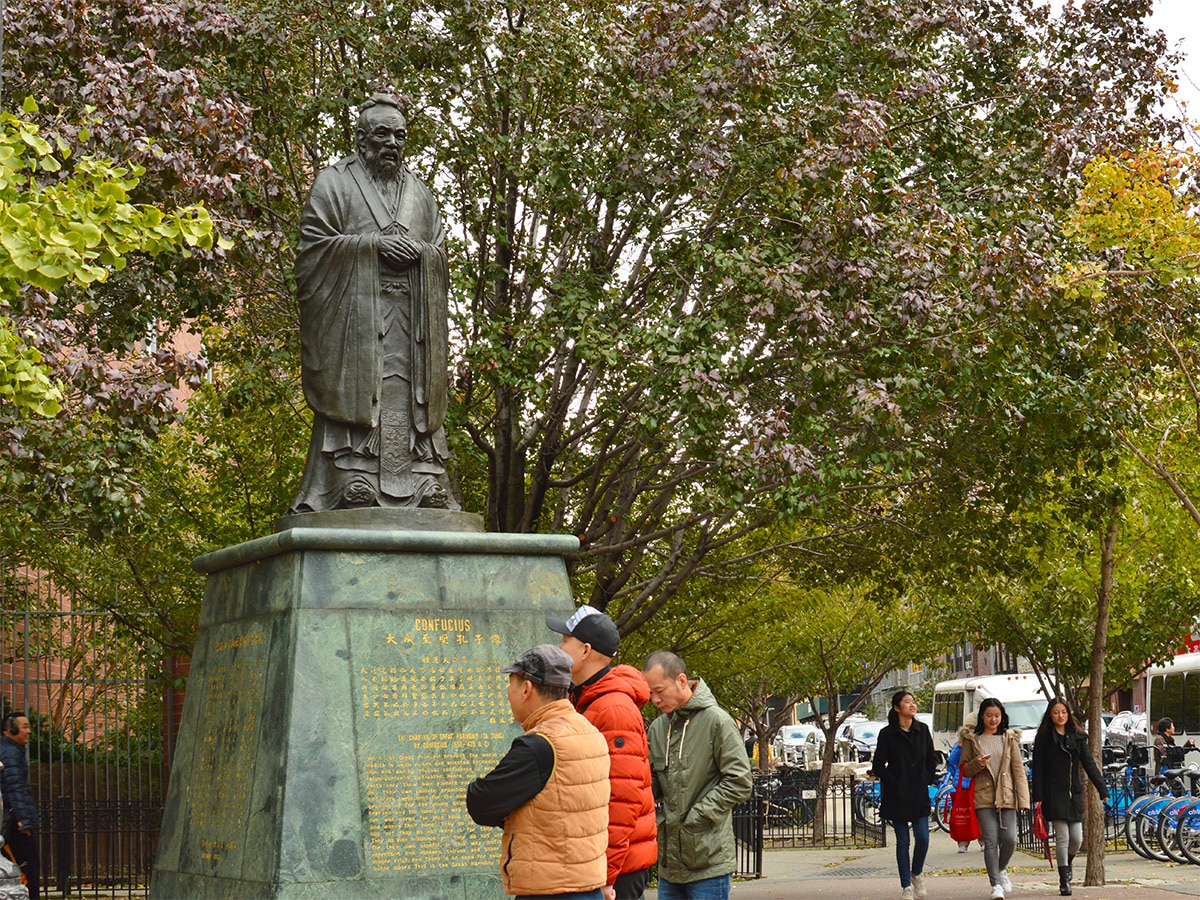
Statue of Confucius

Mahayana Buddhist Temple
Where to eat in Chinatown
The food in Chinatown is a real immersion in Chinese flavours and culinary traditions. The district is packed with restaurants offering a wide range of regional dishes, from delicate dim sum and fried noodles to the golden lacquered duck hanging in the window. The small local stalls invite you to discover authentic cuisine, often handed down from generation to generation, and to enjoy hearty comfort food.
Whether you’re a fan of steamed ravioli, richly flavoured soups, or exotic desserts like mooncake, you’ll find plenty of options to satisfy your taste buds in Chinatown. It’s also the perfect place to sample less common flavours such as black sesame or green tea, often used in desserts or drinks. As you wander through the bustling streets, you’ll also come across street food stalls that offer a quick and affordable taste experience.
6 recommended gourmet stops in Chinatown
Where to stay in Chinatown?
When staying in Chinatown, you’ll find a range of accommodation options to suit different budgets. Chinatown is a lively neighbourhood, offering an immersive experience of Chinese culture, with markets, restaurants and shops on every corner. Hotels here are often more affordable than in other parts of Manhattan, making it a great option for those who want to explore the city without breaking the bank. You’ll find establishments ranging from small family-run inns to more modern hotels with contemporary facilities, all at prices that are often more competitive than in more touristy areas such as Midtown or Times Square.
Proximity to public transport is a major advantage. Chinatown is well served by several metro lines, including the J, Z, N, Q, R, W and 6, which provide quick links to other iconic areas of Manhattan. You’re just a few stops from Wall Street to the south or Central Park to the north, making this area very convenient for visiting the city as a whole. Chinatown is also close to bus routes, adding even more flexibility to your commute.
Finally, staying in Chinatown will give you easy access to neighbouring areas such as Little Italy and the Lower East Side, while remaining in an area where local life is authentic and full of charm. If you’re looking for reasonably priced accommodation with easy public transport links and a unique cultural immersion, Chinatown is an excellent choice.
2 recommended hotels in Chinatown
Neighbourhoods near Chinatown
